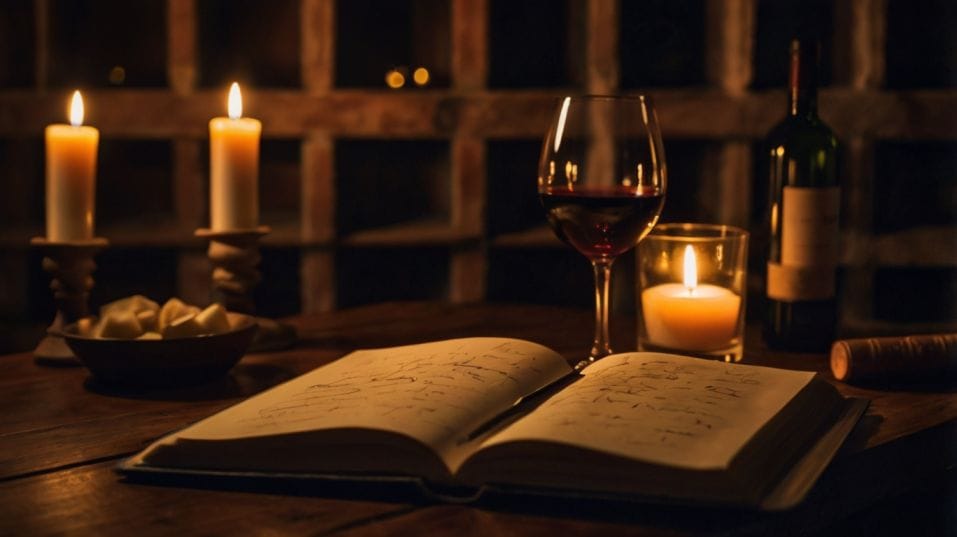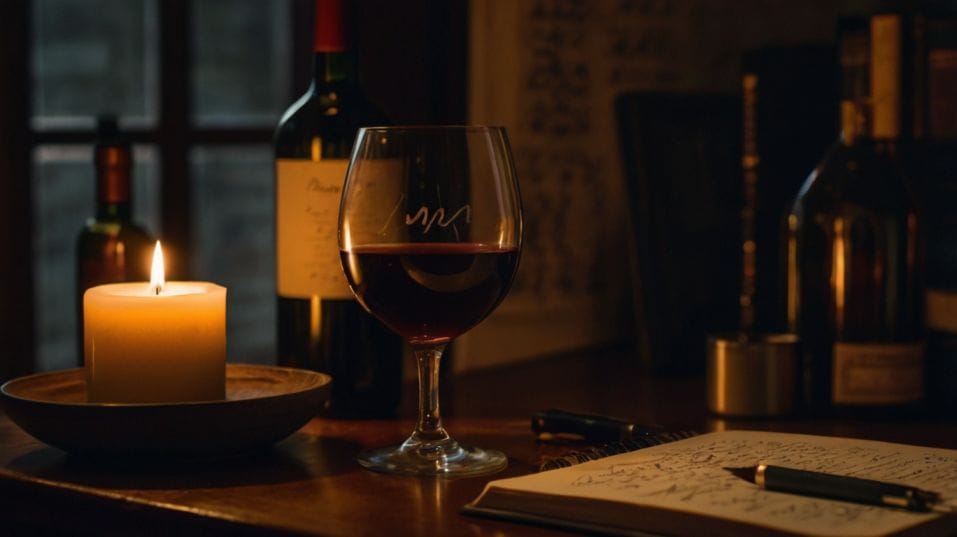How to Train Your Palate Over Time
Learn how to train your wine palate with purpose. From mindful tasting to food pairing and comparison, grow your skills one sip at a time.

Ever wonder why some people seem to “get” wine while others just sip and smile? It’s not talent—it’s training. Developing a sharper palate isn’t about memorizing obscure facts or chasing rare bottles.
It’s about paying closer attention each time you taste. Whether you're just getting started or looking to level up, the key is presence. With curiosity and a little intention, you can turn every glass into a step toward deeper enjoyment.
Taste With Purpose, Not Just Pleasure
Drinking wine casually is easy. Training your palate means switching from autopilot to active mode. Instead of reaching for your usual glass, ask: What’s actually happening on my tongue right now?
Start with structure. You’ll hear this word often in wine, and for good reason. Structure refers to how a wine feels—its acid, tannin, alcohol, and body.
These elements affect how flavors show up and how long they last. A wine that tastes “bright” might have high acidity.
One that seems “grippy” or “firm” probably has pronounced tannins. These aren’t abstract qualities; they’re physical sensations.
Pay attention to how a wine enters, evolves, and finishes. Is the texture lean or plush? Does it dry out your mouth or make it water?
Structure is the frame that flavor hangs on. When you start noticing it, even simple wines become more expressive.

Build Your Own Language
The wine world loves to name-drop flavor notes—blackcurrant, tobacco, flint, forest floor—but you don’t need to speak in metaphors to train your palate. You just need to describe what you perceive, in terms that make sense to you.
Don’t worry about sounding “correct.” Describe a Chardonnay as “creamy” or “buttery” if that’s how it feels.
Say a Syrah reminds you of pepperoni pizza if it sparks that memory. These mental connections are how your brain begins to link flavors, textures, and aromas. The more you practice, the more precise—and confident—your impressions become.
A good way to strengthen this skill is by comparing your impressions with someone else. Taste the same wine with a friend, and talk it out.
You’ll be surprised how often you pick up on things the other person misses. This kind of dialogue helps sharpen your attention and broaden your vocabulary, especially over time.
Repetition Builds Recognition
You can’t train a palate on novelty alone. Jumping from Barolo to Beaujolais to Napa Cab every week might feel exciting, but it makes pattern recognition harder.
Instead, try returning to the same grapes or regions again and again—but through different lenses.
Explore With Focus
Taste one grape—say, Pinot Noir—from several places: Oregon, Burgundy, Central Otago. Or choose a single region, like the Loire Valley, and try whites, rosés, and reds made there.
When you start to identify common threads and subtle differences, your palate becomes more precise.
There’s also real value in retasting the same wine on different days. See how it evolves with air, temperature, or food. These small changes reveal how wine is never static—and how your palate responds differently over time and context.
Use Food to Train, Not Just Pair
Wine doesn’t exist in a vacuum. The right food can make a wine sing—or fall flat. But more importantly, food makes you notice things you’d miss on its own.
Acid cuts fat. Tannin softens with protein. Sugar balances spice. These aren’t theoretical ideas; they’re practical tools.
Taste in Context
Try pairing wine with food not to “match” it, but to observe how each component reacts. What happens to a high-acid white when you sip it after a bite of salty cheese?
How does a bold red behave next to grilled meat versus something sweet? The goal isn’t perfection—it’s understanding. This kind of dynamic tasting also helps you develop better instincts for buying and serving wine.
You’ll start thinking beyond flavor and into function: What is this wine meant to do at the table? How does it interact with mood, meal, and moment?
Compare to Clarify
If there’s one technique that fast-tracks palate development, it’s comparative tasting.
Tasting two or more wines side by side—same glassware, same setting—makes differences stand out dramatically. It doesn’t need to be formal or expensive. Even small pours can teach you a lot.
Learn Through Contrast
Choose two wines with something in common (same grape, vintage, or region) and something different (style, oak use, alcohol level). Notice how one wine emphasizes fruit while another leans earthy.
Or how one finishes crisp while the other lingers with warmth. Tasting comparatively teaches nuance faster than isolated sips ever can.
Use these moments to trust your instincts. You’ll start noticing preferences: not just what you like, but why you like it. That’s the turning point between casual tasting and confident understanding.
Curate, Don’t Chase
You don’t need to taste everything. In fact, chasing variety for its own sake can overwhelm your palate and your budget.
Instead, curate your tasting life with a clear purpose: to deepen your understanding of certain styles, grapes, or traditions.
Set Intentional Goals
Maybe you spend a month diving into unoaked whites. Or set aside Sundays for Italian reds. The goal isn’t mastery—it’s momentum. With each tasting, your palate adds context. With enough context, you start to read a wine before even tasting it.
Avoid the trap of hype-driven discovery. Most wines being buzzed about online or in magazines won’t teach you more than a well-made classic from a trusted region. Focus less on what’s new and more on what’s worth knowing.
Taste Slowly, Return Often
Your palate evolves, just like your taste in music or design. What seemed too bitter last year might feel perfectly balanced today. A wine you dismissed early on might reveal itself later with food, air, or maturity. Don’t write anything off too quickly.
Track Your Growth
The best tasters revisit, reassess, and remain open. One great way to do this is to keep a simple wine journal—not scores, just thoughts. What stood out?
What felt balanced? What food did it work with? Over time, you’ll see your preferences shift and sharpen. That feedback loop is where true confidence builds.
Final Thoughts
Training your palate takes time, but not complexity. It’s about tuning in. Pay attention to texture. Make your own notes. Taste side by side. Come back to wines more than once. Explore with intent, not urgency.
There’s no rush and no finish line. But every bottle is a step toward tasting smarter, choosing better, and enjoying more.
So tonight, don’t just drink your wine—taste it. Add one comparison, one new region, one new note to your mental map. That’s how your palate grows—one thoughtful sip at a time.




